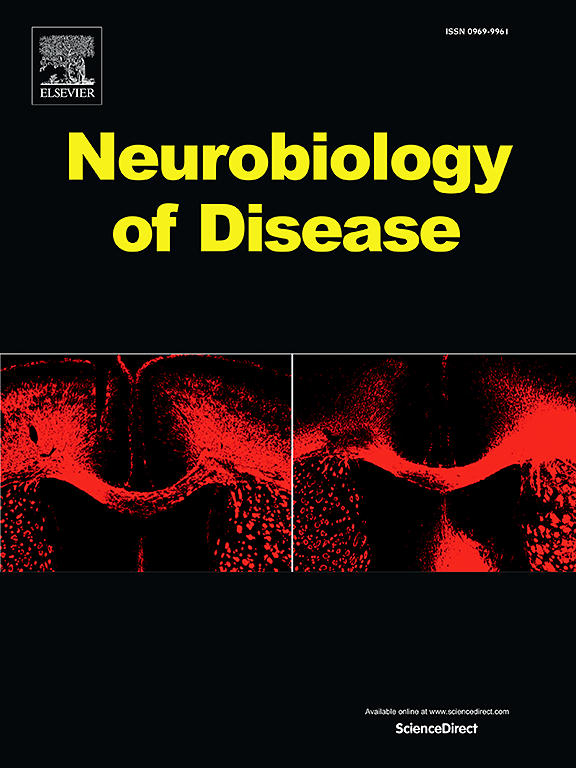从细胞死亡到神经系统疾病:揭示铜的作用
IF 5.6
2区 医学
Q1 NEUROSCIENCES
引用次数: 0
摘要
铜是一种过渡金属,在人体的各种生理过程中起着至关重要的作用。它的内稳态对维持正常细胞功能和促进神经系统的最佳表现至关重要。为了调节这种内稳态,细胞采用复杂的调节机制来控制细胞内铜水平,从而使足够的铜离子供应参与必要的生物功能,如线粒体能量产生、抗氧化防御和细胞外基质稳定。铜protosis于2022年首次被系统地描述为一种新的程序性细胞死亡形式,其分子机制以氧化应激激活、泛素-蛋白酶体系统的抑制和脂酰化蛋白的聚集为特征。这种级联反应会损害线粒体功能,最终导致细胞死亡。在这篇综述中,我们总结了目前关于铜代谢、铜沉积机制、铜相关细胞死亡和铜相关神经系统疾病的知识。重要的是,我们试图加强目前对铜对细胞过程和疾病状态的影响的理解,同时推进治疗这些疾病的临床方法。本文章由计算机程序翻译,如有差异,请以英文原文为准。

From cell death to neurological disease: Unraveling the role of copper
Copper, a transition metal, plays a crucial role in various physiological processes within the human body. Its homeostasis is vital for maintaining normal cellular function and facilitating optimal performance of the nervous system. To regulate this homeostasis, cells employ sophisticated regulatory mechanisms that govern intracellular copper levels, allowing an adequate supply of copper ions to participate in essential biological functions such as mitochondrial energy production, antioxidant defense, and extracellular matrix stability. Cuproptosis, which was first systematically described in 2022 as a novel form of programmed cell death, involves molecular mechanisms characterized by oxidative stress activation, inhibition of the ubiquitin-proteasome system, and aggregation of lipoacylated proteins. This cascade can compromise mitochondrial function and ultimately result in cell death. In this review, we summarize current knowledge regarding copper metabolism, cuproptosis mechanism, copper-associated cell death, and copper-associated neurological diseases. Importantly, we sought to enhance the current understanding of copper's influence on cellular processes and disease states while advancing clinical approaches for treating these conditions.
求助全文
通过发布文献求助,成功后即可免费获取论文全文。
去求助
来源期刊

Neurobiology of Disease
医学-神经科学
CiteScore
11.20
自引率
3.30%
发文量
270
审稿时长
76 days
期刊介绍:
Neurobiology of Disease is a major international journal at the interface between basic and clinical neuroscience. The journal provides a forum for the publication of top quality research papers on: molecular and cellular definitions of disease mechanisms, the neural systems and underpinning behavioral disorders, the genetics of inherited neurological and psychiatric diseases, nervous system aging, and findings relevant to the development of new therapies.
 求助内容:
求助内容: 应助结果提醒方式:
应助结果提醒方式:


